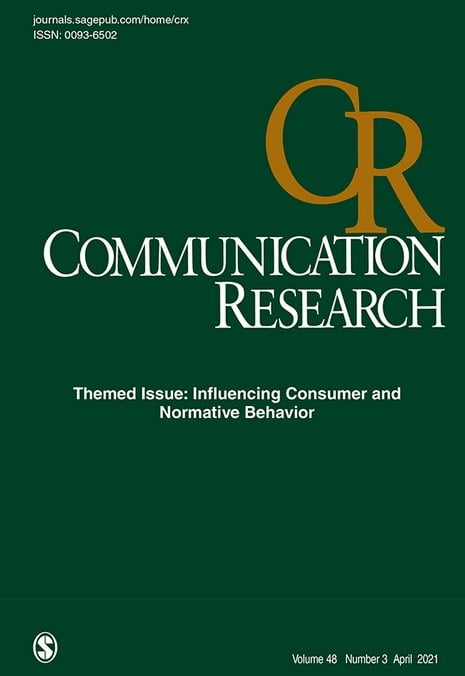COMMENTS: Both perceiving porn as realistic and using a greater variety of genres were related to condomless sex. Excerpts from the discussion section:
At the bivariate level, range of exposure and perceived pornography realism were associated with a higher probability of condomless sex. At the level of moderation, the magnitude of the association between range of exposure and the likelihood of condomless sex rose as perceptions of pornography’s realism strengthened. Notably, when perceived realism was low, exposure was unrelated to the likelihood of condomless sex.
These associations maintained when demographic differences between participants were accounted for. Furthermore, the interaction between exposure and perceived realism on condomless sex was not contingent on either age or gender. Taken together, these results are consistent with the public health position that pornography should be viewed as an important risk-factor for condomless sex (Kraus & Rosenberg, 2016).
~~~~~~~~~~~~~~~~~~~~~~~~~~~~~~~~~~~~~~~~~~~~
Wright PJ, Herbenick D, Paul B.
Communication Research. April 2021. doi:10.1177/00936502211003765
Abstract
Pornography consumption is becoming more prevalent and may be a source of sexual learning for some users. Because popular male-female pornography rarely includes condoms, communication researchers have hypothesized that pornography use increases the likelihood of condomless sex in mixed sex encounters. A recent meta-analysis supported this prediction, but was unable to report on psychological moderators of the association due to a dearth of contingency-oriented research. The present study reports findings on U.S. adults’ exposure to pornography, perceptions of pornography’s realism, and casual condomless sex. Despite theory positing that realism perceptions moderate the relationship between sexual media use and sexual behavior, very few studies have tested pornography exposure x perceived realism interactions in general, and no previous inquiry appears to have tested this interaction in the context of pornography exposure and condom use. Results indicated that a higher range of exposure was associated with a higher likelihood of condomless sex when perceptions of pornography’s realism were high. Conversely, when perceptions of pornography’s realism were low, range of exposure was unrelated to the likelihood of condomless sex. These results were not moderated by age or gender. These findings are part of a growing literature suggesting the importance of media literacy education directed specifically at pornography.
Keywords: pornography, perceived realism, condomless sex, sexual risk
